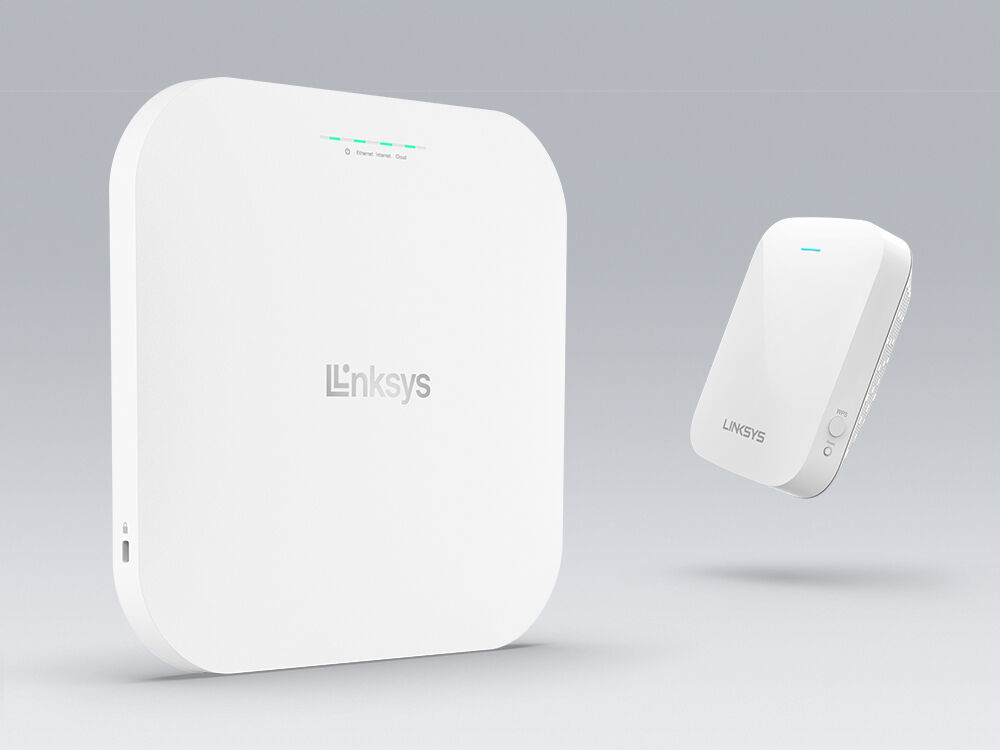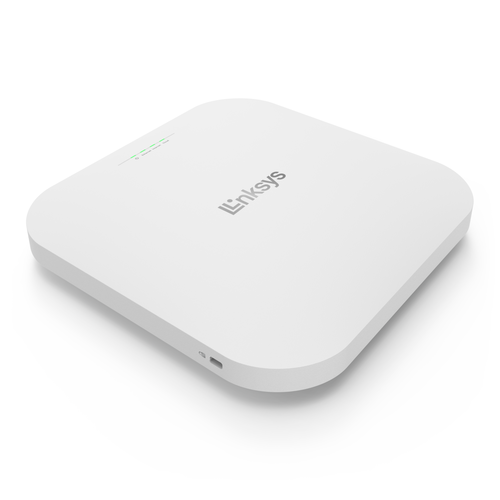What Is an Access Point and How Is It Different From a Range Extender?

WiFi technology has improved greatly in recent years, but it’s not one-size-fits-all, especially when it comes to businesses. Large office spaces with heavy traffic typically utilize WiFi access points, while small offices with limited users are more likely to have WiFi routers and range extenders. Let’s take a look at how their features compare to find the best WiFi solution for you.
What is an Access Point?
An access point is a device that creates a wireless local area network, or WLAN, usually in an office or large building. An access point connects to a wired router, switch, or hub via an Ethernet cable, and projects a WiFi signal to a designated area. For example, if you want to enable WiFi access in your company's reception area but don’t have a router within range, you can install an access point near the front desk and run an Ethernet cable through the ceiling back to the server room.
What is a Range Extender?
As its name implies, a range extender lengthens the reach of an existing WiFi network. Since range extenders connect wirelessly to WiFi routers, they must be placed where the WiFi router's signal is already strong, not in the location of the actual dead spot. For instance, if your router is in the basement of a two-story building, installing a range extender on the ground floor (where coverage from the WiFi router is still strong) will eliminate potential dead zones on the second floor.
Why Access Points Are Better for Businesses
While range extenders are great for home WiFi networks, they’re not efficient for modern businesses. This is because they can only support a limited number of devices at one time, usually no more than 20. While range extenders do increase the coverage of a WiFi router, they do not increase its available bandwidth. Depending on the number of devices you have connected simultaneously, a range extender could end up weighing down your connection.
Access points, on the other hand, can handle over 60 simultaneous connections each. By installing access points throughout the office, users can roam freely from room to room without experiencing network interruptions. As they move through the building, their devices shift seamlessly from one access point to the next without dropping the connection—they won’t even realize they’re switching between networks.
Advantages of Using Wireless Access Points
When you have both employees and guests connecting with desktops, laptops, mobile phones, and tablets, 20 devices on a wireless network adds up quickly. At 60 simultaneous connections each, access points give you the freedom to scale the number of devices supported on your network. But that’s only one of the advantages of using these network enhancers—consider these points:
- Business-grade access points can be installed anywhere you can run an Ethernet cable. Newer models are also compatible with Power over Ethernet Plus, or PoE+ (a combination Ethernet and power cord), so there is no need to run a separate power line or install an outlet near the access point.
- Additional standard features include Captive Portal and Access Control List (ACL) support, so you can limit guest access without compromising network security, as well as easily manage users within your WiFi network.
- Select access points include a Clustering feature—a single point from which the IT administrator can view, deploy, configure, and secure a WiFi network as a single entity rather than a series of separate access point configurations.


